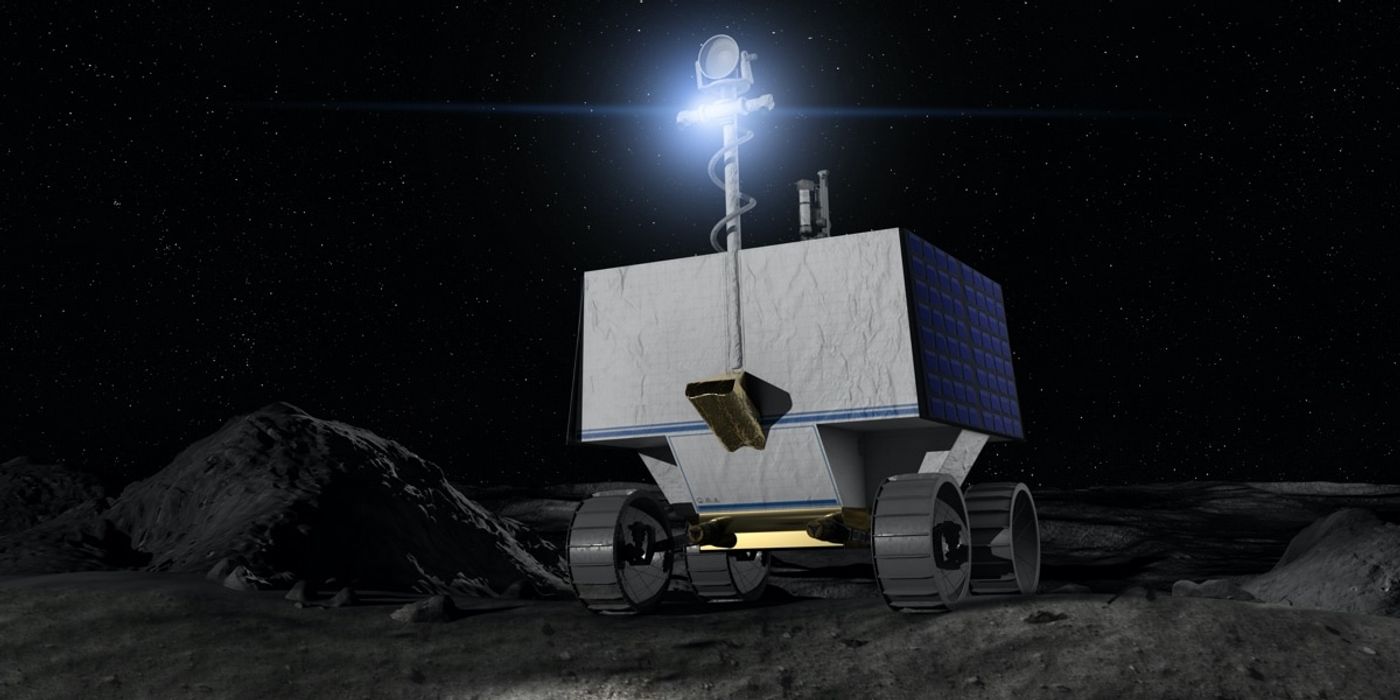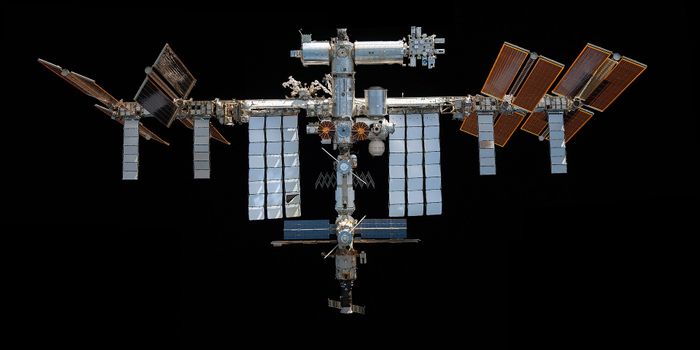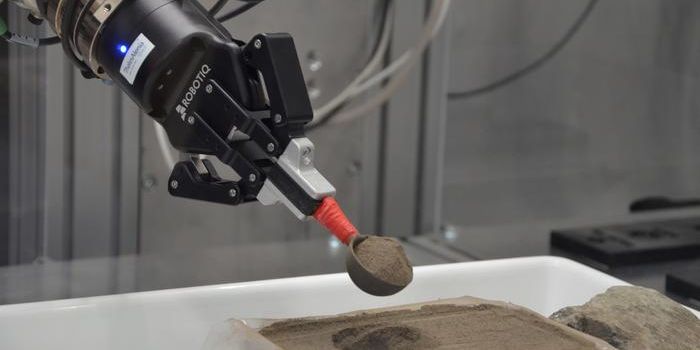NASA Picks Astrobotic to Deliver VIPER Rover to the Moon
NASA is no stranger to autonomous rovers. To date, the American space agency has sent four rovers to the Martian surface in the name of science, and it will soon send the Perseverance rover on its way to the red planet, raising that count to five. But as it would seem, NASA has no interest in stopping with a fifth rover, let alone limiting its exploration to Mars.
Image Credit: NASA Ames/Daniel Rutter
In an announcement shared just this past week, NASA said that it would be awarding the Pittsburgh-based aerospace and robotics company Astrobotic with $199.5 million contract in exchange for delivering a science-focused lunar rover called the Volatiles Investigating Polar Exploration Rover (VIPER) to the Moon’s South pole. This price is said to encompass both the cost of a rocket to launch the VIPER rover, as well as the cost of a lander to put it on the Moon’s surface.
The VIPER rover would be responsible for helping NASA learn as much about the Moon as possible before it kicks off its Artemis program. It could be a key player in developing sustainability technologies for astronauts who will settle on the lunar surface for long periods of time, and NASA plans for the rover to touch down on the lunar surface by 2023, just one year before sending humans back to the Moon.
“The VIPER rover and the commercial partnership that will deliver it to the Moon are a prime example of how the scientific community and U.S. industry are making NASA’s lunar exploration vision a reality,” NASA Administrator Jim Bridenstine said in a comment. “Commercial partners are changing the landscape of space exploration, and VIPER is going to be a big boost to our efforts to send the first woman and next man to the lunar surface in 2024 through the Artemis program.”
Related: These contractors will develop lunar landers for NASA’s Artemis program
VIPER will be smaller and less advanced than the Martian rovers, but it will come equipped with four scientific instruments designed to drill into the lunar surface and sample lunar soil in search of water and to better understand the Moon’s soil chemistry in different areas. The data VIPER records will create some of the first global resource maps that could help NASA discern where they should land some of the first Artemis missions to make harvesting resources as easy as possible.
As for NASA’s choice to contract through Astrobotic instead of sending VIPER to the Moon itself, this is mainly because turning to the private aerospace industry for launches and technologies has proven to be more economical. This is one reason why NASA chooses to contract with private companies like Boeing and SpaceX to send astronauts into space, as it’s substantially cheaper than renting seats on the Russian Soyuz platform.
Not only will it be interesting to see what VIPER finds in its search for vital resources, but it will be interesting to see if Astrobotic can make everything happen with their set budget. Only time will tell, however…
Source: NASA









